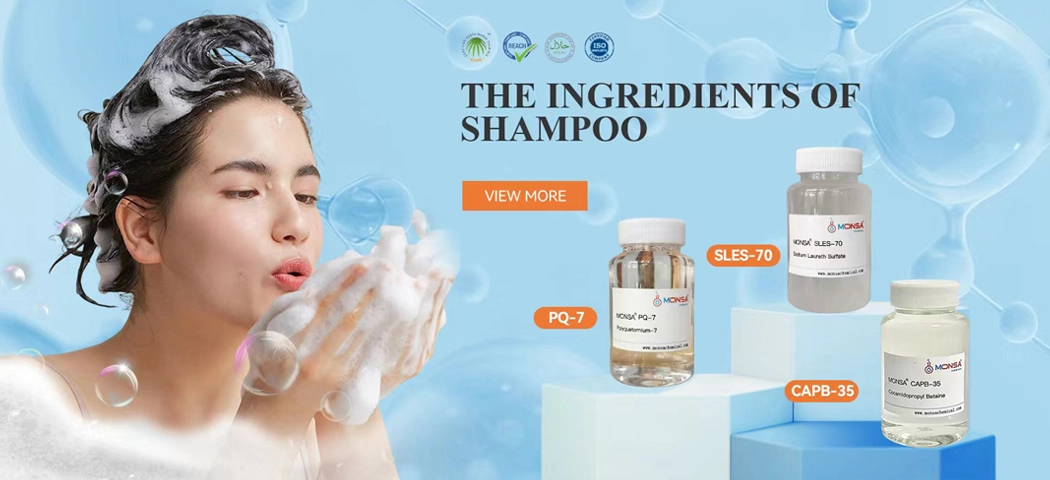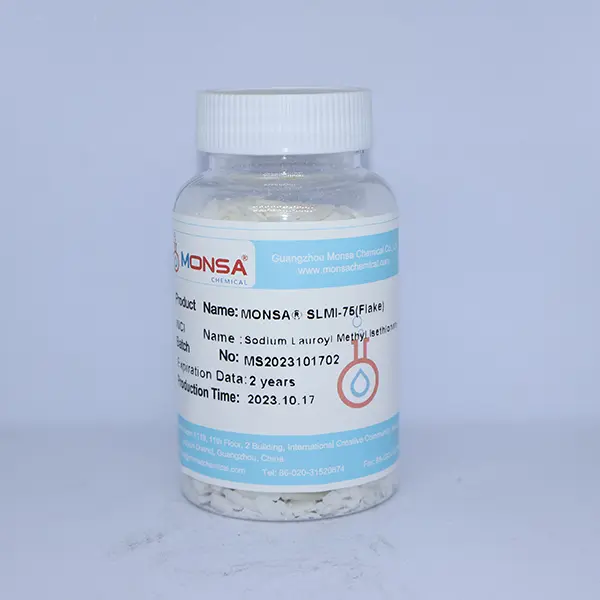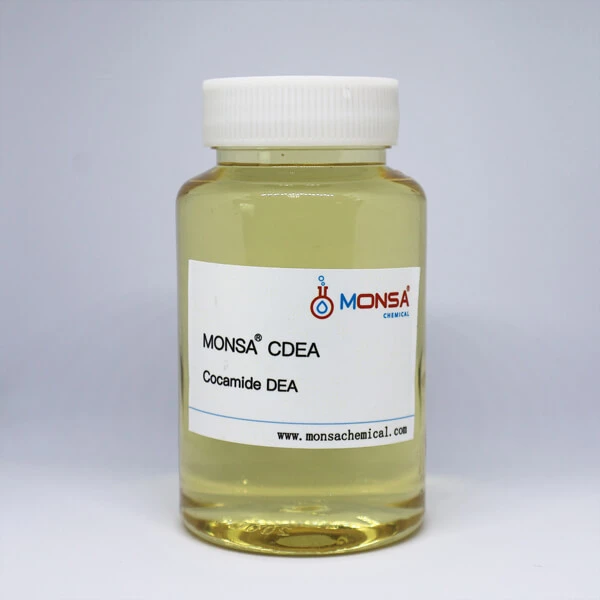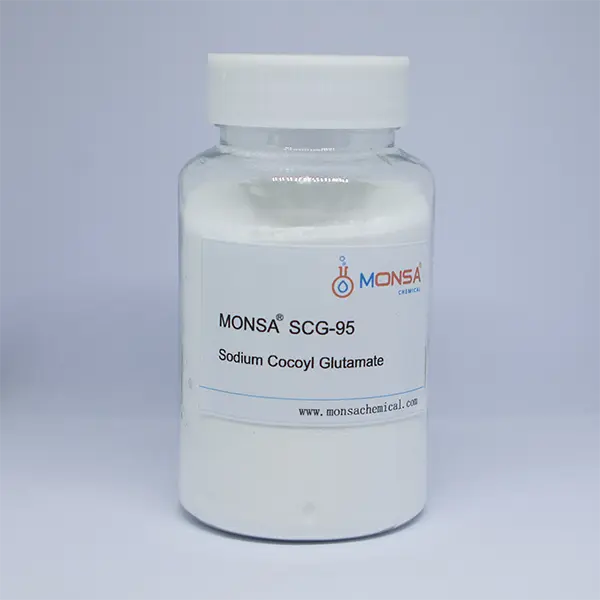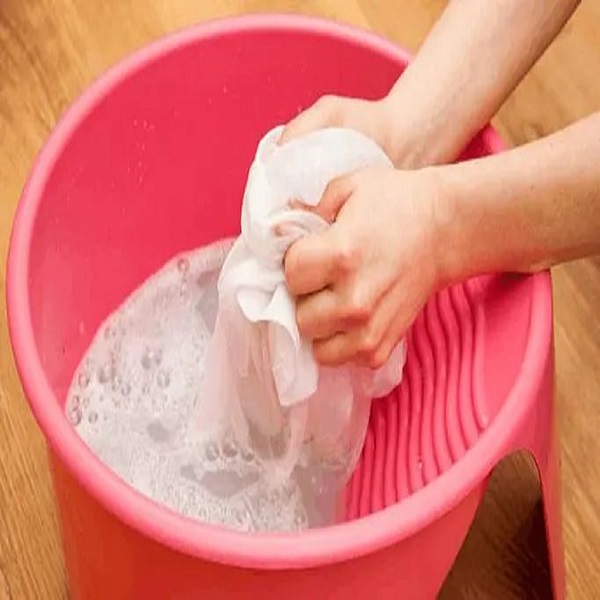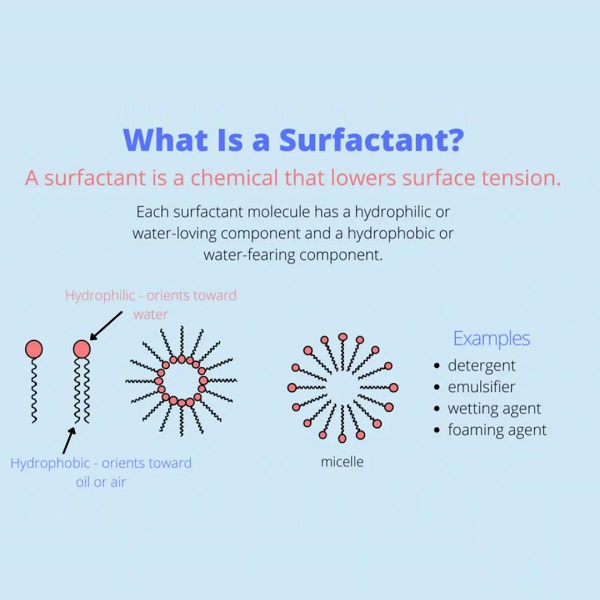In industrial cleaning, formulating appropriate (structure, quantity) cationic surfactants significantly enhances oil cleaning efficiency. Typically, cationic surfactants with less hydrophobic chains are chosen because those with higher hydrophobicity tend to adsorb onto solid surfaces, making them hydrophobic and prone to oil adsorption, resulting in the deposition of dirt. Additionally, they may form insoluble substances with anionic surfactants in the cleaning agent system or anionic substances like fatty acid soaps in the oil, leading to more stubborn deposits. Modification of the hydrophobic chain of cationic surfactants reduces their hydrophobicity, significantly enhancing their compatibility and cleaning performance when incorporated into detergent formulations.

Special structured cationic surfactant, such as short-chain or branched structures, alkoxylated quaternary ammonium salts, sugar-based quaternary ammonium salts, sugar ester quaternary ammonium salts, polyhydroxy quaternary ammonium salts, and heteroatom-containing gemini quaternary ammonium salts, exhibit excellent solubilization properties, second only to non-ionic surfactants, and superior to amphoteric and anionic surfactants. However, due to their tendency to adsorb onto negatively charged solid surfaces, resulting in surface hydrophobicity and reduced wetting, their application in cleaning has been limited for a long time. Incorporating a small amount of cationic surfactants into anionic surfactant systems reduces the electrostatic repulsion between molecules in the adsorption layer, resulting in a tighter arrangement and significantly enhanced surface activity and cleaning performance.
In non-ionic surfactant systems, the addition of cationics enhances the adsorption of the system on solid surfaces, leading to a significant increase in cleaning speed. However, due to structural limitations, conventional cationic surfactants exhibit poor compatibility when combined. Modifying the hydrophobic chain reduces their hydrophobicity, maintaining their advantage in surface adsorption while minimally affecting the wetting properties of the system, greatly improving their compatibility and cleaning performance when combined with anionic and non-ionic surfactants. This provides a more efficient choice for cleaning systems. Therefore, the design, development, and application of cationic surfactants with different hydrophobic chain structures and their flexible application in industrial cleaning agents will become one of the focuses of research and development in the surfactant and industrial cleaning industries in the future, with promising prospects.
The following are key elements in the design, development, and application:
(1) Balance hydrophilic and hydrophobic groups in the surfactant structure to ensure surface activity.
(2) Develop and apply gemini quaternary ammonium salt surfactants, combining the excellent cleaning properties of ethoxylated, sugar-based surfactants with the high adsorption of quaternary ammonium salt surfactants and the high efficiency of gemini surfactants.
(3) The application of special structured cationic surfactants can improve the oil removal efficiency (rapid oil removal) and capacity (long service life) of detergents and achieve oil separation (i.e., oil separation from the surface, rapid separation of oil and water after static settling). Some special structured cationic surfactants exhibit prominent cleaning performance, particularly for specific oil stains. Under certain cleaning conditions, a detergent formulated solely with such cationic surfactants (without adding other surfactants) can achieve good cleaning results.
(4) The greater the similarity between the hydrophobic chain of the surfactant and the carbon chain structure of the oil stain, the stronger the cleaning effect. Additionally, cationic surfactants require suitable structures and proportions to ensure compatibility with other surfactants and anionic substances with surface activity in the system, such as fatty acid soaps in the oil stain.
(5) Ionic surfactants are more stable in foam than non-ionic surfactants and are affected by electrolytes. When used, the foam in the system needs to be controlled according to the operating conditions. Attention should be paid to the effect of charged particles such as electrolyte additives, hard water, and metal ions in the dirt on their performance.

